Understanding and Addressing Separation Anxiety in Puppies and Dogs

Separation anxiety is a common behavioral issue that many puppies and dogs experience when left alone. At Progressive Canines, we understand the impact that separation anxiety can have on both pets and their owners. In this article, we’ll explore the causes, symptoms, and effective strategies for managing separation anxiety in your canine companion.
Understanding Separation Anxiety:
Separation anxiety is a condition characterized by excessive distress or anxiety when a dog is separated from their owner or left alone. It can manifest in various ways, including destructive behavior, incessant barking or whining, house soiling, and attempts to escape.
Causes of Separation Anxiety:
Several factors can contribute to the development of separation anxiety in dogs:
Early Life Experiences: Dogs that have experienced changes or disruptions in their early life, such as being abandoned or rehomed, may be more prone to separation anxiety.
Overattachment: Dogs that form a strong bond with their owners and become overly dependent on them may develop separation anxiety when left alone.
Changes in Routine: Changes in routine, such as a sudden increase in the amount of time spent alone or a move to a new home, can trigger separation anxiety in dogs.
Symptoms of Separation Anxiety:
The symptoms of separation anxiety can vary from mild to severe and may include:
Excessive barking, howling, or whining
Destructive behavior, such as chewing furniture or digging
House soiling, even in housetrained dogs
Attempts to escape, such as scratching at doors or windows
Pacing or restlessness
Excessive drooling or panting
Managing Separation Anxiety:
While separation anxiety can be challenging to overcome, there are several strategies that can help manage the condition:
Gradual Desensitization: Gradually acclimate your dog to being alone by leaving them alone for short periods and gradually increasing the duration over time.
Create a Safe Space: Provide your dog with a comfortable and secure area, such as a crate or a designated room, where they can retreat when left alone.
Routine and Predictability: Establish a consistent daily routine for your dog, including regular mealtimes, walks, and play sessions, to provide a sense of security and predictability.
Behavior Modification: Work with a professional dog trainer or behaviorist to develop a behavior modification plan tailored to your dog’s specific needs. This may include counterconditioning techniques to change your dog’s response to being left alone.
Provide Mental Stimulation: Engage your dog’s mind with interactive toys, puzzle feeders, and obedience training to help alleviate boredom and anxiety.
Medication: In severe cases, medication prescribed by a veterinarian may be necessary to help manage your dog’s anxiety.
Separation anxiety can be distressing for both dogs and their owners, but with patience, understanding, and the right approach, it can be managed effectively. At Progressive Canines, we’re here to support you in addressing separation anxiety and helping your canine companion lead a happier and more balanced life. If you’re struggling with separation anxiety in your dog, don’t hesitate to seek professional help. With the right guidance and support, you and your furry friend can overcome this challenging issue together.
